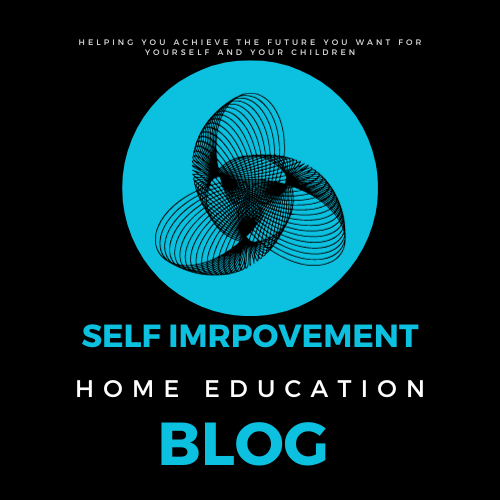
Homeschooling is a rewarding journey that allows parents to actively
engage in their child’s early education. When it comes to teaching preschoolers
(ages 2-5) at home, establishing a well-structured schedule and routines is crucial
for creating a positive learning environment. In this blog post, we’ll explore the
benefits of homeschooling during the early childhood years and provide practical
tips on setting up effective school schedules and routines.
Benefits of Homeschooling Preschoolers:
Individualized Learning: Homeschooling allows you to tailor the curriculum to your
child’s unique learning style and pace, ensuring they grasp concepts at their
own speed.
Flexibility: Unlike traditional schools, homeschooling offers flexibility in terms of
scheduling. You can adapt the learning routine to fit your child’s energy levels
and attention spans.
Personalized Attention: With a smaller student-teacher ratio, you can provide
your child with focused, one-on-one attention, fostering a deeper understanding
of various subjects.
Setting Up School Schedules:
Morning Circle Time: Start the day with a structured morning routine that includes
a circle time. This can involve singing songs, reading stories, and discussing the
day’s activities.
Subject Blocks: Divide the day into subject-specific blocks, focusing on age-appropriate
topics like basic math, language development, and creative arts. Keep these sessions
short and engaging.
Active Breaks: Integrate active breaks into the schedule to allow your preschooler to
release energy. Incorporate outdoor play, dance, or simple exercises to keep them
active and engaged.
Hands-On Activities: Plan hands-on activities that encourage exploration and creativity.
Use simple materials like building blocks, art supplies, and educational games to make
learning fun.
Establishing Routines:
Consistent Daily Routine: Create a consistent daily routine to provide a sense of stability.
Children thrive on predictability, so having a set routine helps them feel secure.
Mealtime Habits: Include regular meal and snack times in the routine. Use these moments
for casual conversations and to reinforce concepts learned during the day.
Naptime: Incorporate a designated naptime into the schedule, ensuring your child gets
adequate rest to support their overall well-being and concentration.
Celebrate Achievements: Recognize and celebrate small achievements. Positive
reinforcement fosters a love for learning and boosts your child’s confidence.
Conclusion:
Homeschooling preschoolers is an enriching experience that allows you to
actively participate in your child’s early education. By establishing a well-thought-
out schedule and routines, you create an environment that nurtures curiosity,
creativity, and a love for learning. Embrace the flexibility that homeschooling offers
and watch as your preschooler thrives in this personalized educational journey.
Post Disclaimer: The information on this website is public information and is not
individual legal advice. Readers should not rely on or take any action based upon
the information on this website and professional advice should be obtained particular
to the legal circumstances one is facing. While we strive for accuracy, it is possible
that the information on our site may contain errors or omissions. We disclaim any
liability for any such errors or omissions.
Affiliate Links Disclaimers: Some of the links on this website are “affiliate links.”
This means if you click on the link and purchase the item, we will receive an affiliate
commission. We disclose this in accordance with the Federal Trade Commission’s
16 CFR, Part 255: “Guides Concerning the Use of Endorsements and Testimonials
in Advertising.
